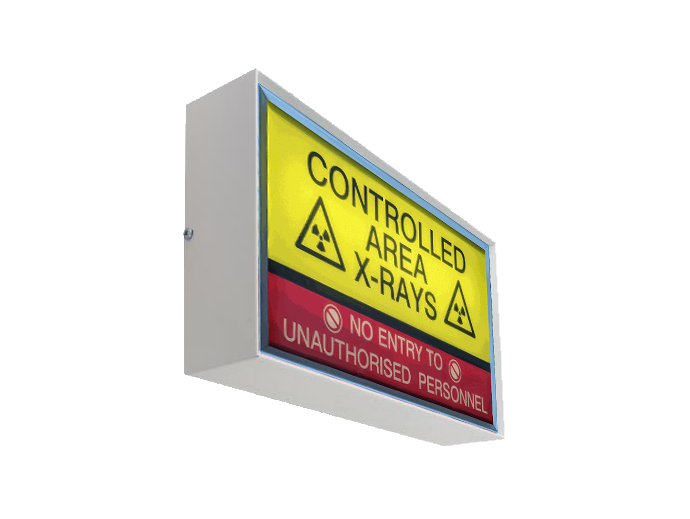
If you've ever set foot in a veterinary clinic, you've probably observed many equipment crucial to the medical care of our beloved pets. One of the most prevalent, yet often ignored, elements are the 'vet x-ray warning lights'. These warning lights are crucial in assuring the safety of both the veterinary staff and the animals in care. In this article, we'll dig deep into the domain of 'vet x-ray warning lights' and discover their significance.
Understanding Vet X-Ray Machines
Before getting into the details of the 'x-ray warning lights', it's imperative to understand the primary tool they are connected to - the x-ray machine. Veterinary x-ray machines permit vets to look inside an animal's body. They can help detect bone fractures, tumours, foreign objects, and other internal matters that might not be visible from a physical examination alone.
However, as advantageous as they are, x-ray machines discharge ionising radiation, which is injurious in prolonged amounts. That's where the 'x-ray warning lights' step in.
The Role of X-Ray Warning Lights in Veterinary Clinics
'X-ray warning lights' serve a simple yet fundamental function. They glow to show when the x-ray machine is in operation, alerting staff, visitors, and other animals to keep away from the nearby area. Here's why they're essential:
Safety First: The primary role of 'vet x-ray warning lights' is safety. They affirm that anyone in the vicinity realises when possibly harmful x-rays are being emitted.
Preventing Unnecessary Exposure: Drawn-out exposure to x-rays can be damaging. By alerting everyone in the vicinity, these warning lights do a key role in reducing any unexpected exposure.
Legal and Regulatory Compliance: In numerous jurisdictions, including the UK, the use of 'x-ray warning lights' is not just best practice but a binding requirement. Veterinary clinics are compelled to adhere to individual safety protocols, with the use of warning lights being supreme among them.
Choosing the Right Vet X-Ray Warning Lights
If you're a clinic owner or a vet desiring to start a new practice, it's imperative to buy high-quality 'vet x-ray warning lights'. Here's what to consider:
Visibility: Check that the lights are vivid enough to be seen from a distance, even in well-lit environments.
Durability: Veterinary clinics are hectic environments. Purchase warning lights that can tolerate a bit of wear and tear.
Integration with X-Ray Machine: Some current 'x-ray warning lights' can be connected with the x-ray machine to instantly turn on or off. Such alignment adds an additional layer of safety and convenience.
Maintenance and Checks
Periodic checks and maintenance of your 'vet x-ray warning lights' are essential to make sure they function correctly. A faulty light could cause unintended exposure. Ensure that:
Consistent Inspections are Carried Out: Look over the lights daily before clinic operations begin.
Replace Faulty Bulbs Immediately: Don't linger for a bulb to die completely. If you spot it dimming or flickering, it's time for a switch.
Test for Synchronisation: If your warning light is connected with your x-ray machine, regularly test to make sure they sync suitably.
'X-ray warning lights' in veterinary clinics may seem like basic devices, but they serve a crucial role in ensuring the safety of both the staff and the animals. They serve as silent guardians, guarding everyone from excessive radiation exposure. Whether you're a vet, a pet owner, or a concerned individual, acknowledging the importance of these lights and guaranteeing they function rightly is important.
If you're keen to discover more about x-rays in veterinary practice or are on the hunt for first-class 'vet x-ray warning lights', we invite you to visit xray4vets. With a variety of information and products crafted for the veterinary world, it's your one-stop destination for all things x-ray related. Safe practices guarantee a better environment for everyone involved, so don't ever underestimate the impact of that small warning light!"